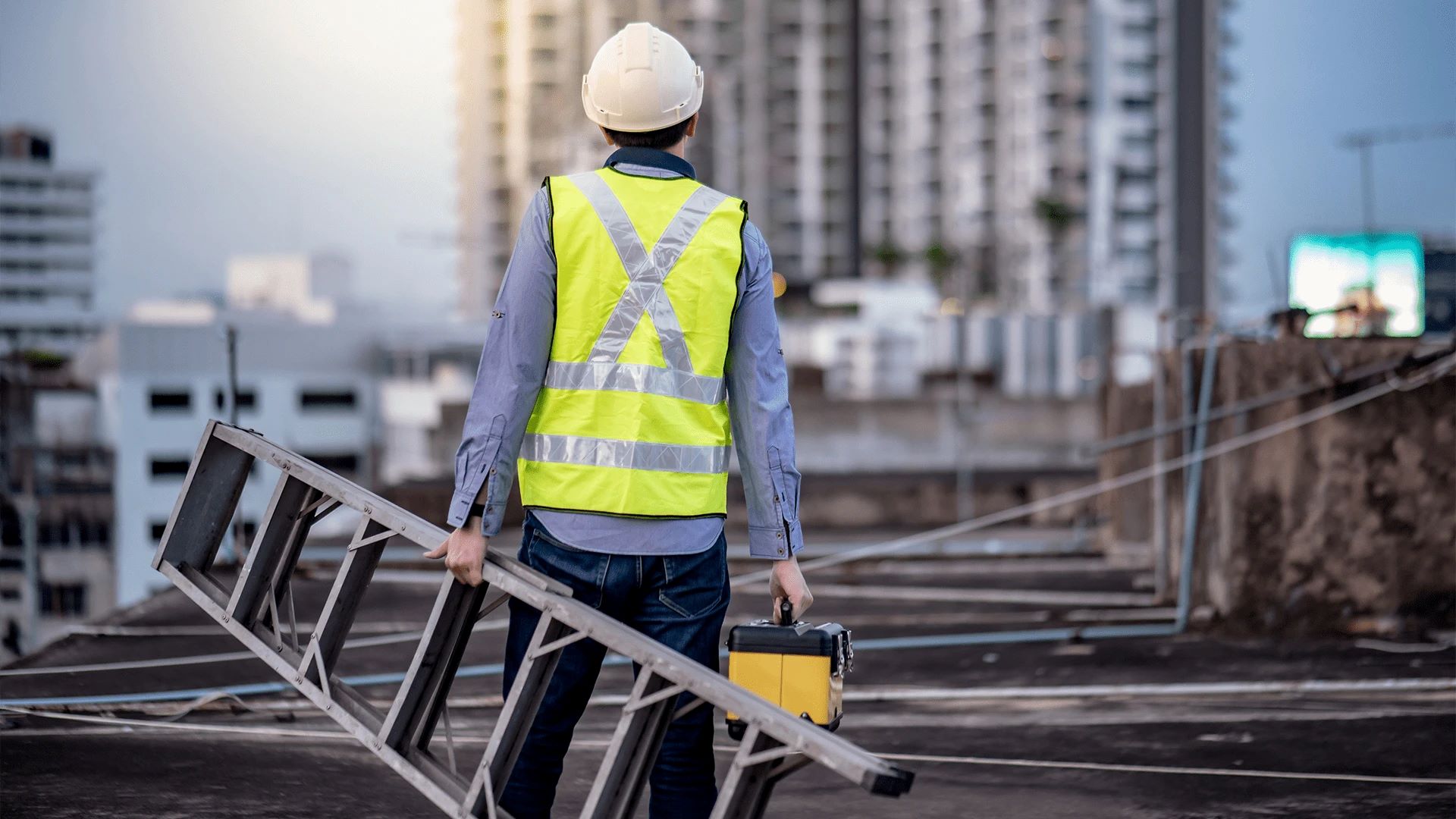

Articles
Which Ladder Is Carried With The Tip Forward
Modified: August 31, 2024
Discover the best articles on which ladder is carried with the tip forward. Find useful tips and expert advice to make the right choice for your needs.
(Many of the links in this article redirect to a specific reviewed product. Your purchase of these products through affiliate links helps to generate commission for Storables.com, at no extra cost. Learn more)
Introduction
Carrying a ladder with the tip forward is a technique that is utilized by many professionals in various industries. Whether you are a painter, electrician, or simply a homeowner looking to complete a DIY project, understanding the benefits and safety precautions associated with this method can make a significant difference in your overall ladder experience.
In this article, we will explore the factors to consider when carrying a ladder with the tip forward, the benefits it offers, as well as safety precautions that should be followed. We will also discuss the types of ladders that are recommended for carrying in this manner.
So, if you’re ready to learn more about why professionals prefer carrying a ladder with the tip forward and how to do it safely, let’s dive in!
Key Takeaways:
- Carrying a ladder with the tip forward offers improved maneuverability, easier access to different heights, and less strain on your body. Prioritize safety and choose the right ladder type for a smooth and secure transport experience.
- Consider factors such as ladder length, weight distribution, and environmental conditions when carrying a ladder with the tip forward. Follow essential safety precautions, choose recommended ladder types, and prioritize safety for a productive and efficient ladder carrying experience.
Read more: How To Carry Ladder
Factors to Consider When Carrying a Ladder with the Tip Forward
Carrying a ladder with the tip forward can offer several advantages in terms of maneuverability and ease of use. However, it is crucial to consider certain factors to ensure your safety and the stability of the ladder. Here are some key factors to keep in mind:
- Ladder Length: The length of the ladder plays a critical role in determining whether it can be safely carried with the tip forward. Longer ladders may be more difficult to handle in this manner due to their weight and potential for imbalance. It is essential to assess the weight and length of the ladder before attempting to carry it tip forward.
- Weight Distribution: Proper weight distribution is essential for maintaining stability when carrying a ladder with the tip forward. Make sure the ladder’s weight is evenly distributed between both the front and back legs. This will help prevent the ladder from tipping or becoming unbalanced during transport.
- Obstacle Awareness: Before carrying the ladder with the tip forward, assess your surroundings for potential obstacles such as door frames, furniture, or low-hanging fixtures. Being aware of potential obstacles will help you navigate safely and prevent damage to the ladder or your surroundings.
- Physical Strength: Carrying a ladder with the tip forward requires physical strength and balance. Make an honest assessment of your own physical abilities before attempting to carry a ladder in this manner. If you have any concerns about your strength or balance, consider seeking assistance or using alternative methods to transport the ladder.
- Environmental Conditions: Take into account the environmental conditions in which you will be carrying the ladder. Factors such as wind, rain, or uneven surfaces can significantly impact the stability of the ladder. Avoid carrying the ladder with the tip forward during adverse weather conditions or on slippery or unstable surfaces.
By considering these factors, you can ensure that you are well-prepared and equipped to carry a ladder with the tip forward safely. Next, let’s explore the benefits of using this method.
Benefits of Carrying a Ladder with the Tip Forward
Carrying a ladder with the tip forward offers several advantages that can make your work more efficient and convenient. Here are some key benefits to consider:
- Improved Maneuverability: When the ladder is carried with the tip forward, it allows for better maneuverability in tight spaces. This can be particularly helpful when working in narrow hallways, staircases, or crowded areas where turning the ladder around can be challenging.
- Easier Access to Different Heights: Carrying the ladder with the tip forward enables you to reach various heights more easily. By positioning the ladder in this manner, you can quickly access higher areas without the need to repeatedly reposition the ladder.
- Less Strain on Your Body: Carrying the ladder with the tip forward distributes the weight more evenly, reducing the strain on your back and shoulders. This can help prevent fatigue and minimize the risk of injury, especially when carrying the ladder for extended periods.
- Faster and More Efficient Work: The ability to move the ladder with ease allows you to work more efficiently, saving time and effort. With the ladder positioned tip forward, you can quickly transition between tasks, resulting in increased productivity.
- Improved Stability: When properly carried with the tip forward, the ladder’s balance and stability are enhanced. This reduces the risk of the ladder tipping or wobbling during transport, providing a safer working environment.
Considering these benefits, it is clear why many professionals opt to carry their ladders with the tip forward. However, it’s important to prioritize safety when utilizing this method. Let’s explore some essential safety precautions to follow when carrying a ladder in this manner.
When carrying a ladder, always ensure that the tip is facing forward to prevent any accidental injuries. This will also help you navigate through doorways and tight spaces more easily.
Safety Precautions When Carrying a Ladder with the Tip Forward
While carrying a ladder with the tip forward can provide numerous benefits, it is crucial to prioritize safety to prevent accidents or injuries. Here are some essential safety precautions to follow when utilizing this method:
- Proper Ladder Inspection: Before carrying the ladder, thoroughly inspect it for any signs of damage, such as cracks, rust, or loose parts. Ensure that all rungs and connections are secure. Using a compromised ladder can be dangerous and increase the risk of accidents.
- Secure Your Grip: Maintain a firm grip on the ladder while carrying it to minimize the chances of it slipping or falling. Use both hands and hold the ladder at a comfortable height. Avoid carrying the ladder over your head, as this can impair your vision and balance.
- Clear Pathways: Ensure that the path you will be taking is clear of any obstacles, such as debris or tripping hazards. Clearing the way will prevent you from losing your balance or accidentally hitting objects that could cause the ladder to tilt or fall.
- Be Mindful of Surroundings: Stay aware of your surroundings as you carry the ladder, especially in crowded or confined spaces. Watch out for people, pets, or furniture that may impede your path or pose a risk of collision. Adjust your movements accordingly to avoid accidents.
- Use a Spotter: When carrying a long or heavy ladder, consider enlisting the help of a spotter. A spotter can provide assistance and help maintain stability during the transport. The spotter can guide you and alert you to any potential hazards or uneven surfaces.
- Wear Proper Footwear: Wear slip-resistant, closed-toe shoes with good traction when carrying a ladder. Avoid footwear that is too loose or has slippery soles, as they can increase the risk of accidental slips or falls.
- Follow Proper Lifting Techniques: Utilize proper lifting techniques when carrying the ladder, such as bending your knees, keeping your back straight, and using your leg muscles to lift rather than straining your back. This will help prevent unnecessary strain or injuries.
- Secure the Ladder During Transport: If you need to take a break during the transport, securely place the ladder against a stable surface to prevent it from falling or being knocked over.
- Use Caution on Uneven Surfaces: Exercise caution when carrying a ladder with the tip forward on uneven surfaces. Take smaller steps and be mindful of any irregularities in the ground to maintain stability.
- Extension Ladders: Extension ladders are commonly used for tasks that require access to high areas. They consist of two or more sections that can be extended to reach various heights. Extension ladders with a rope and pulley system are especially convenient for carrying with the tip forward, as the weight can be evenly distributed between the front and back sections.
- Step Ladders: Step ladders are self-supporting ladders with a hinged design. They have a wide base and are equipped with steps on one side and a flat platform on the other. Many step ladders are designed to be carried with the tip forward, allowing for easy maneuverability and accessibility.
- Telescoping Ladders: Telescoping ladders are compact and portable ladders that can be extended and retracted for different heights. These ladders are often lightweight, making them suitable for carrying with the tip forward. They are particularly useful when working in confined spaces or for quick, on-the-go tasks.
- Multi-Position Ladders: Multi-position ladders are versatile ladders that can be adjusted to various configurations, such as an extension ladder, step ladder, or scaffold. This adaptability makes them suitable for carrying with the tip forward, as they can be positioned according to the desired height and easily moved between tasks.
- Fiberglass Ladders: Fiberglass ladders are known for their durability and strength. They are resistant to weather elements, corrosion, and electrical conductivity. When carrying a ladder with the tip forward, fiberglass ladders provide added stability and safety, making them a preferred option for many professionals.
By adhering to these safety precautions, you can significantly reduce the risk of accidents or injuries while carrying a ladder with the tip forward. Now, let’s move on to discussing the ladder types that are recommended for this method.
Recommended Ladder Types for Carrying with the Tip Forward
Not all ladders are suitable for carrying with the tip forward. It is essential to choose a ladder type that is specifically designed for this method to ensure stability and safety. Here are some ladder types that are recommended for carrying with the tip forward:
It is important to choose a ladder that meets your specific needs and requirements. Consider factors such as height, weight, and intended purpose when selecting a ladder type for carrying with the tip forward. Consulting with experts or reading manufacturer guidelines can also provide valuable insights into the appropriate ladder type for your intended use.
Now that you are aware of the recommended ladder types for carrying with the tip forward, let’s conclude our discussion.
Conclusion
Carrying a ladder with the tip forward can offer numerous benefits in terms of maneuverability, accessibility, and efficiency. By considering factors such as ladder length, weight distribution, and environmental conditions, you can ensure a safe and stable transport experience. Additionally, following safety precautions, such as proper ladder inspection, clear pathways, and using a spotter, can help prevent accidents and injuries.
When choosing a ladder for carrying with the tip forward, it is recommended to opt for ladder types specifically designed for this method, such as extension ladders, step ladders, telescoping ladders, multi-position ladders, or fiberglass ladders. These ladder types provide stability and ease of use, ensuring a smooth and secure transport process.
Remember, safety should always be your top priority when working with ladders. Assess your own physical abilities and limitations, wear appropriate footwear, and maintain a firm grip on the ladder while transporting it. Stay mindful of your surroundings and be cautious of uneven surfaces or potential obstacles that may pose a risk to your safety.
By implementing these guidelines and being mindful of safety precautions, you can confidently carry a ladder with the tip forward, knowing that you are minimizing the risk of accidents and improving your overall ladder experience. Whether you are a professional tradesperson or a DIY enthusiast, understanding and utilizing this technique can greatly enhance your productivity and efficiency in various projects.
So, the next time you need to transport a ladder, consider carrying it with the tip forward and enjoy the benefits of improved maneuverability, easier access to different heights, and a reduced strain on your body. Stay safe, follow the recommendations, and make the most of your ladder carrying experience!
Frequently Asked Questions about Which Ladder Is Carried With The Tip Forward
Was this page helpful?
At Storables.com, we guarantee accurate and reliable information. Our content, validated by Expert Board Contributors, is crafted following stringent Editorial Policies. We're committed to providing you with well-researched, expert-backed insights for all your informational needs.
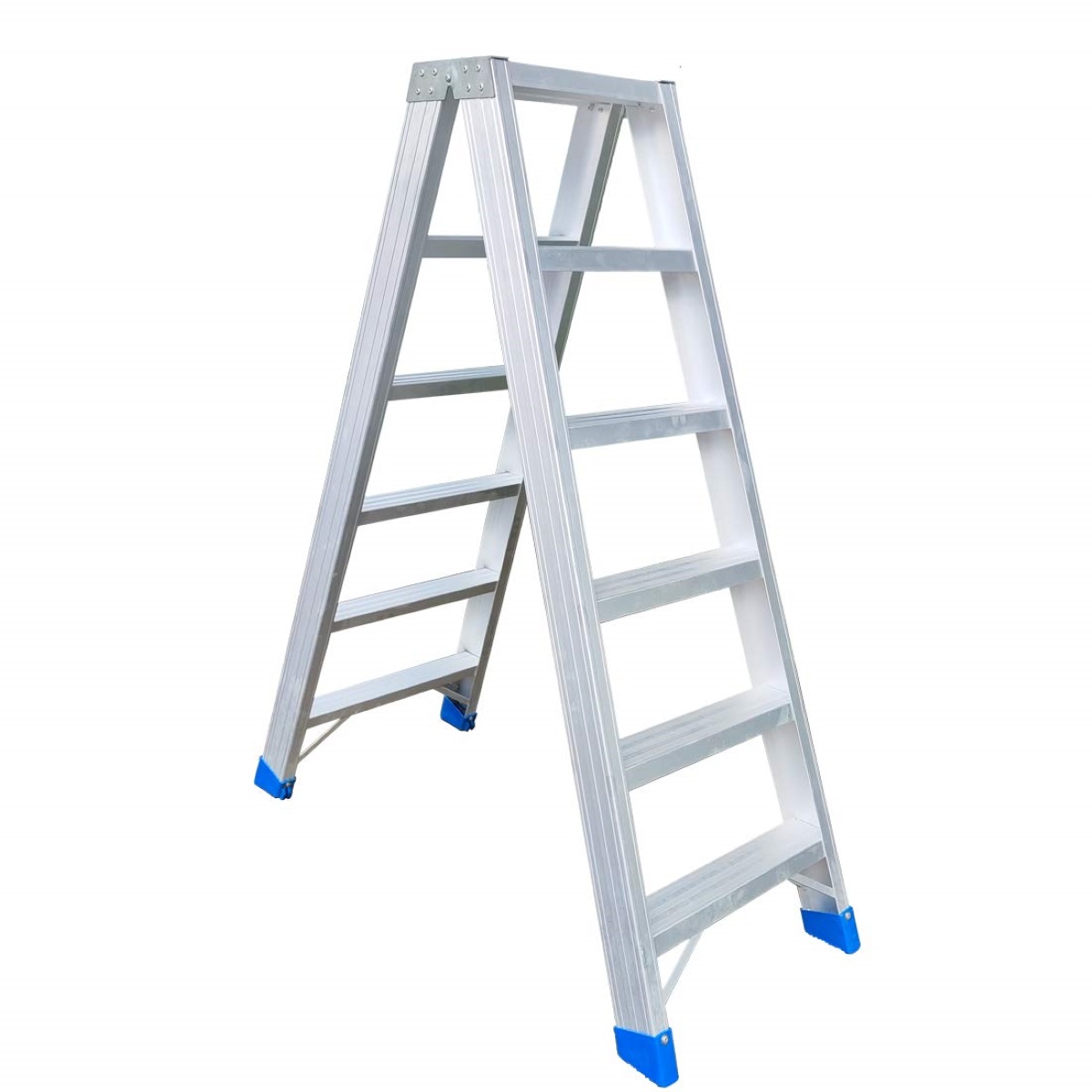

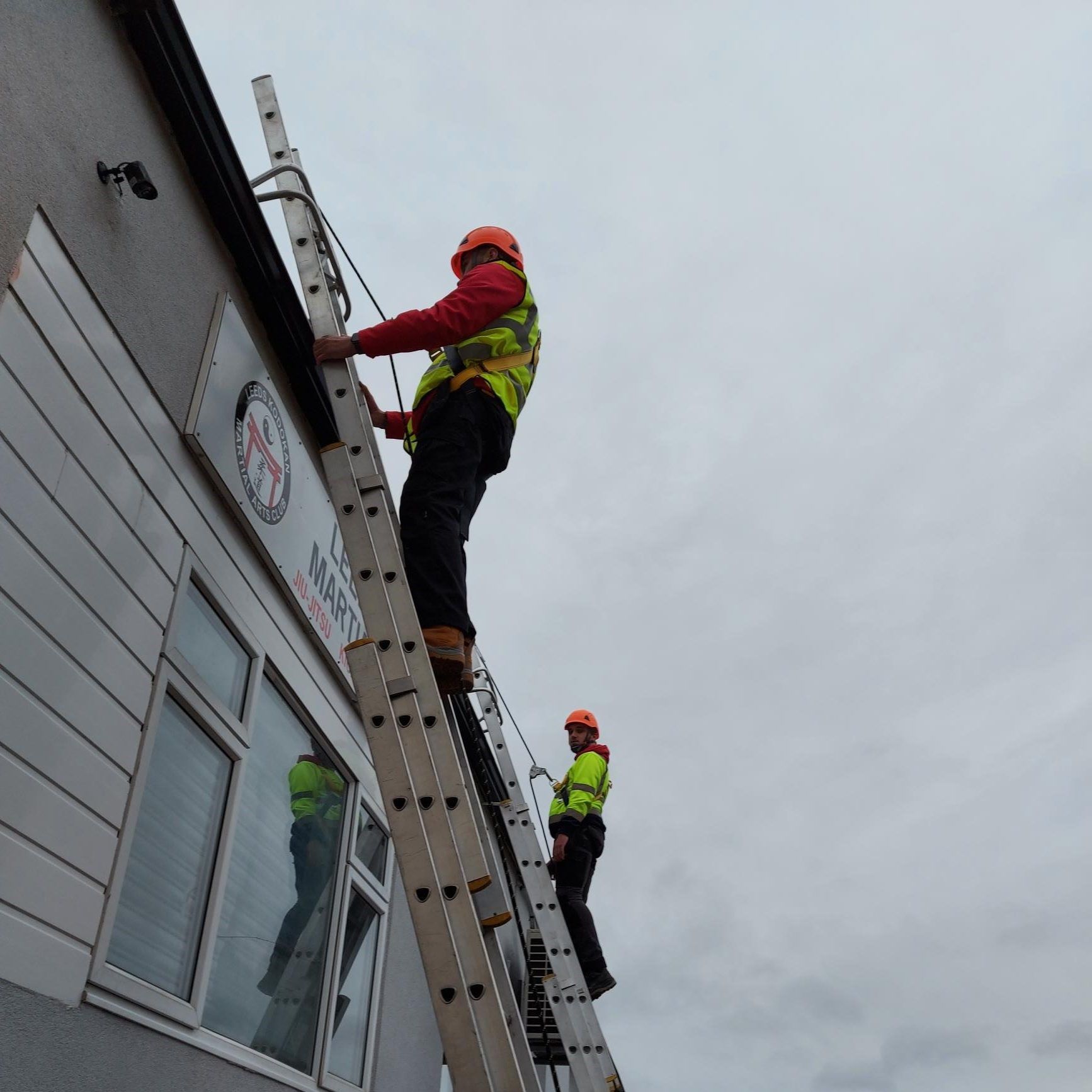
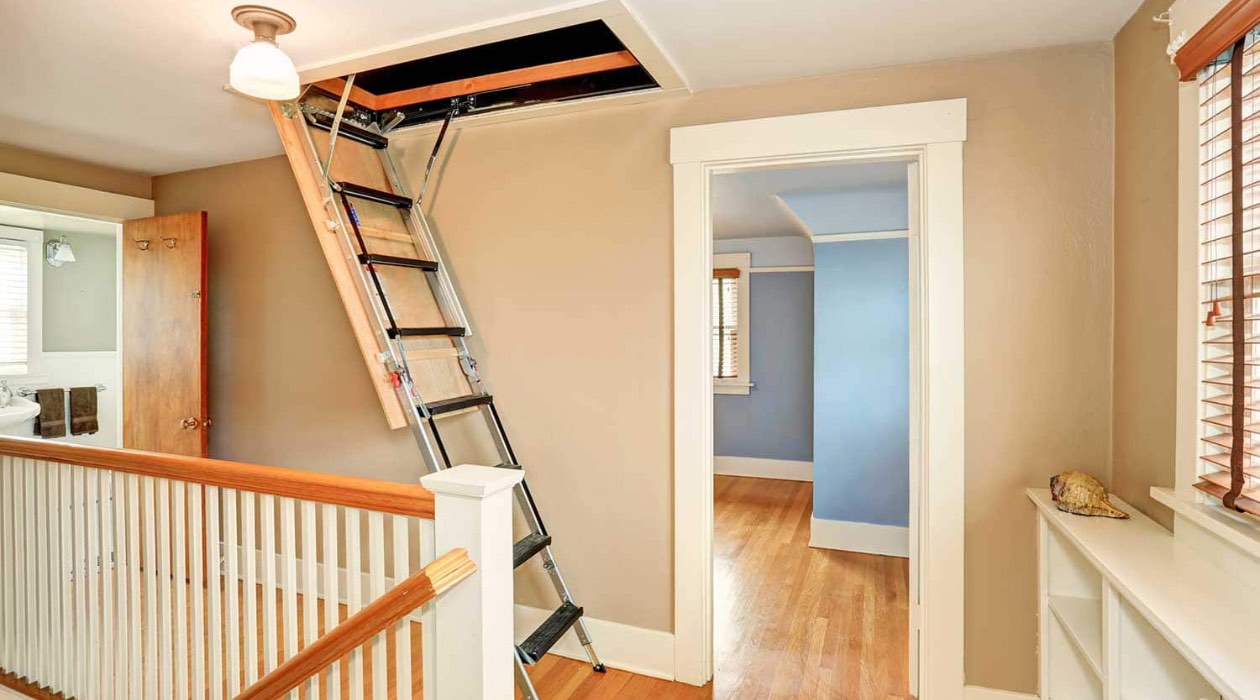
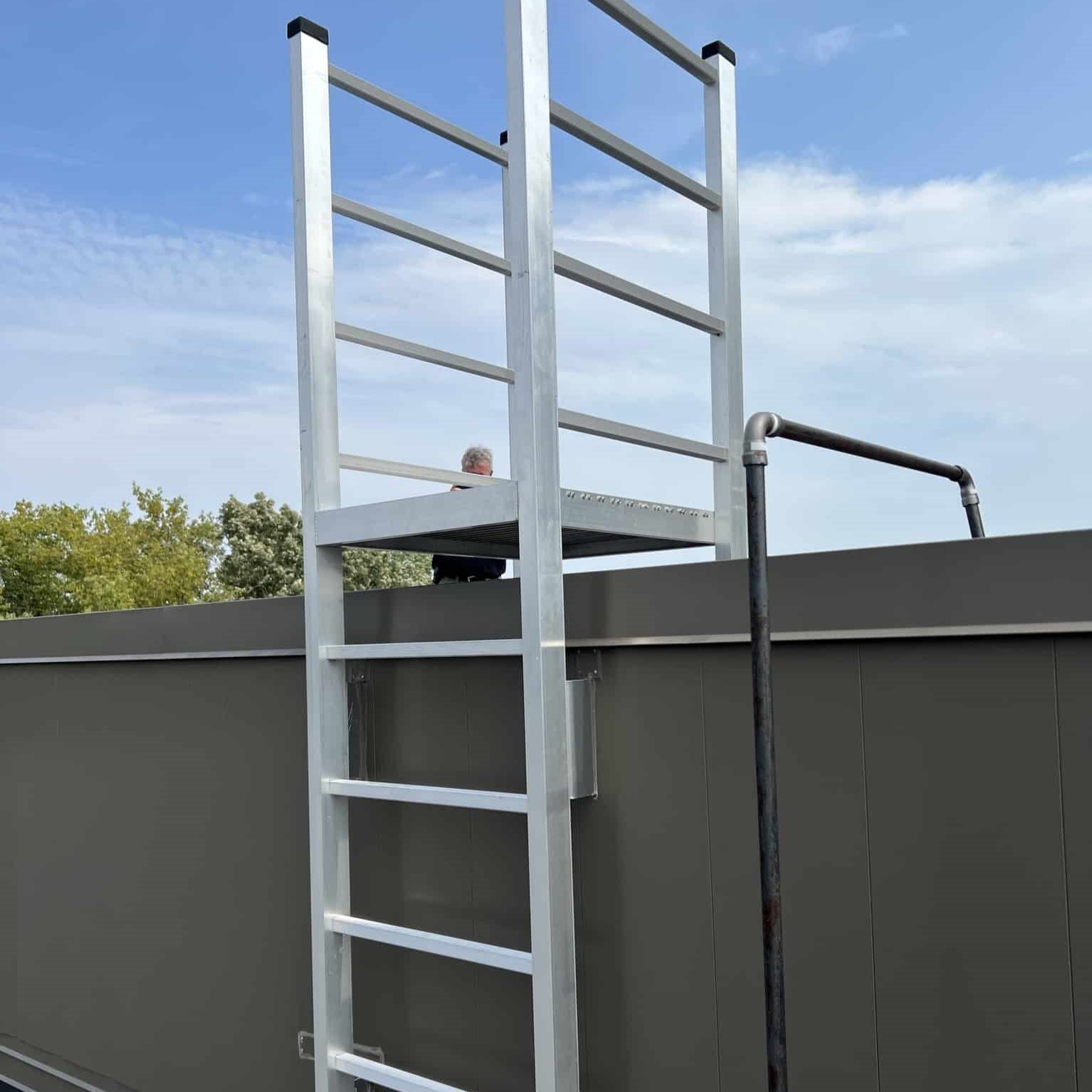
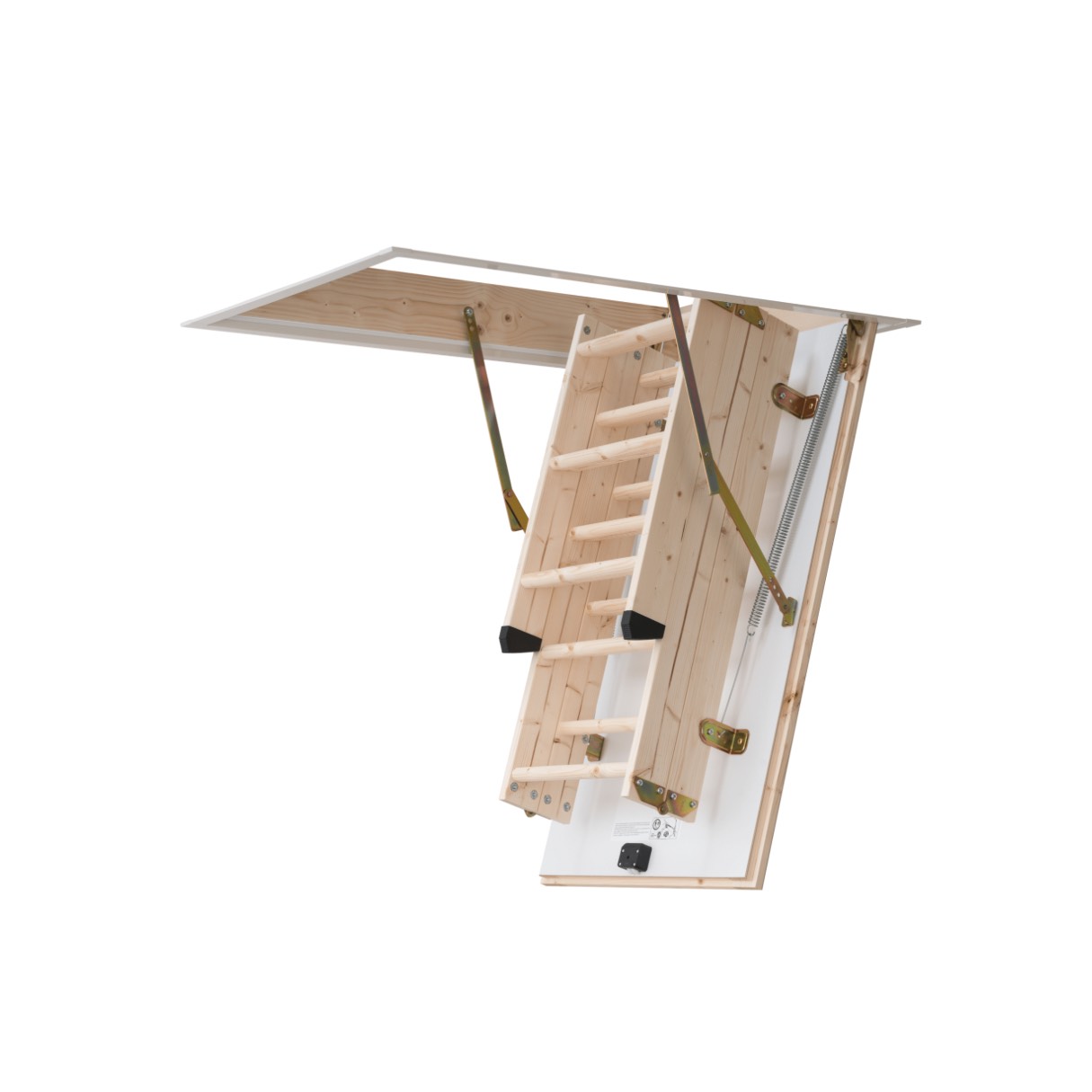

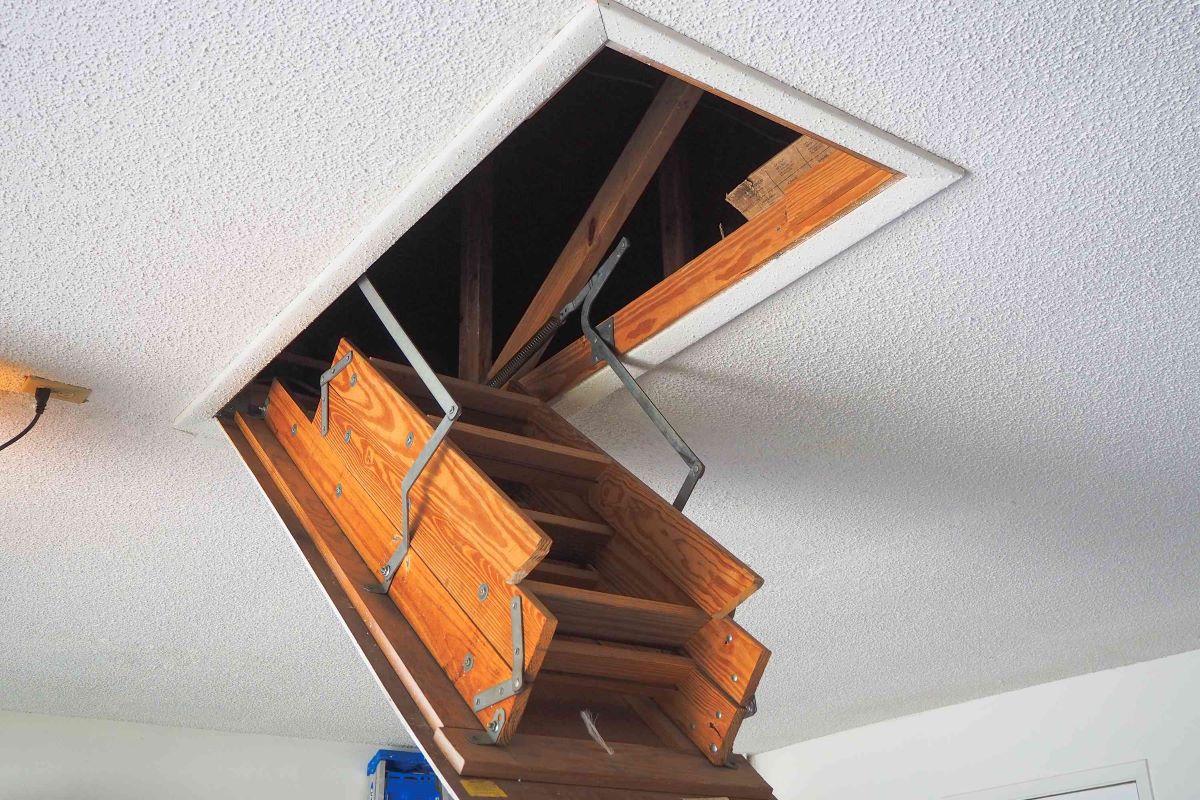

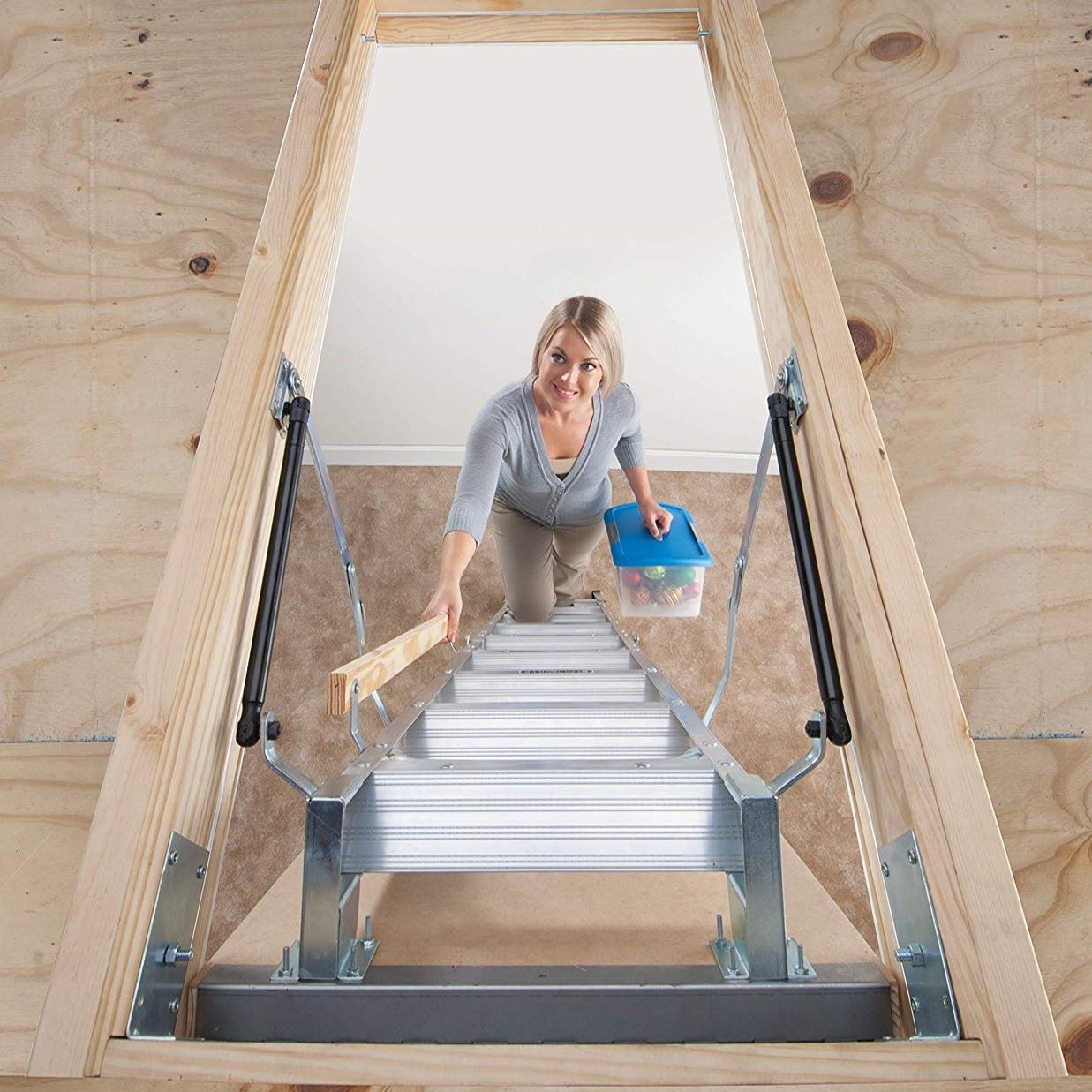
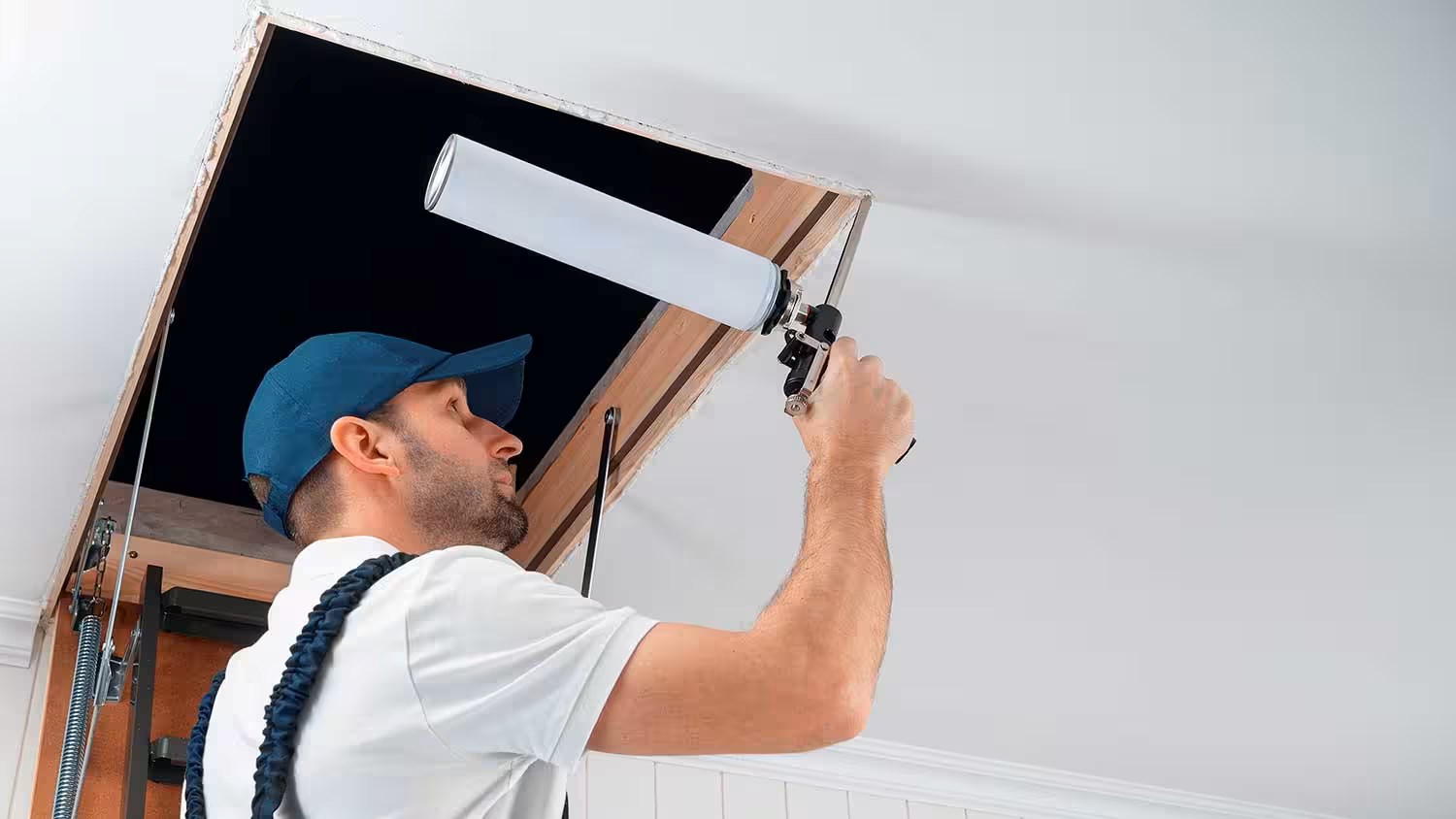
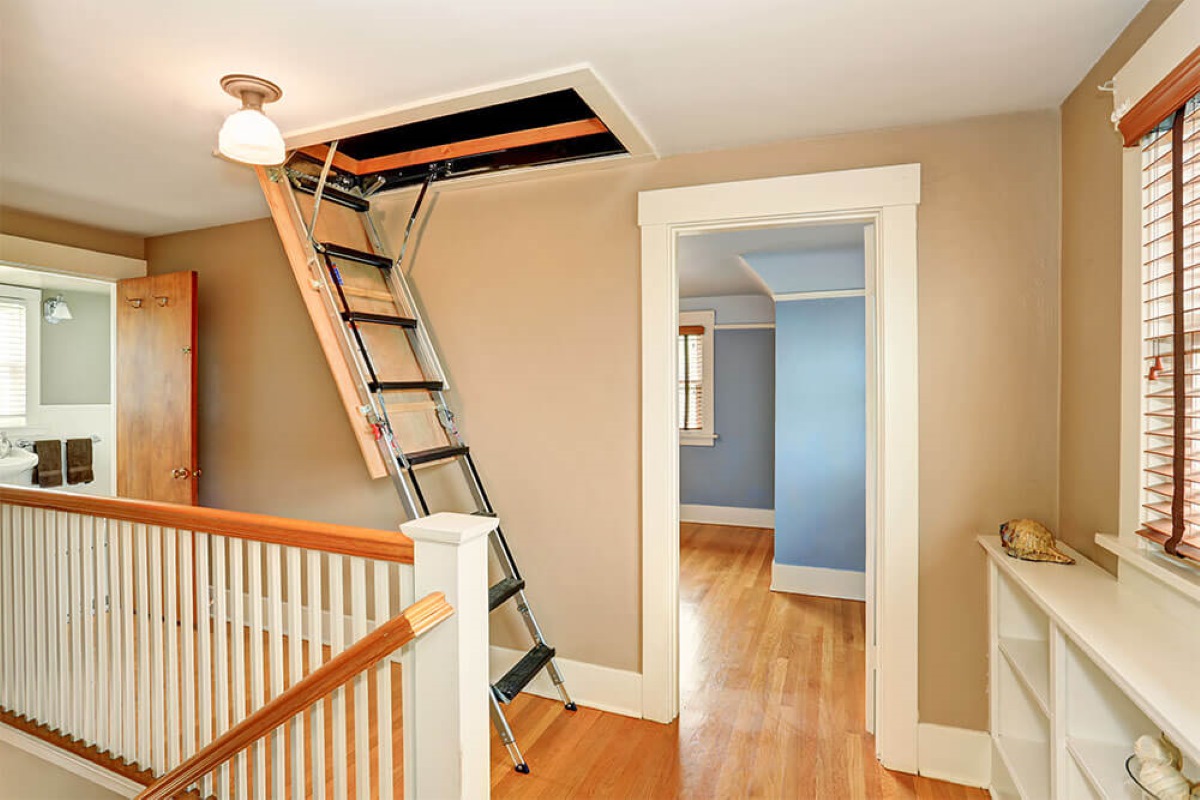
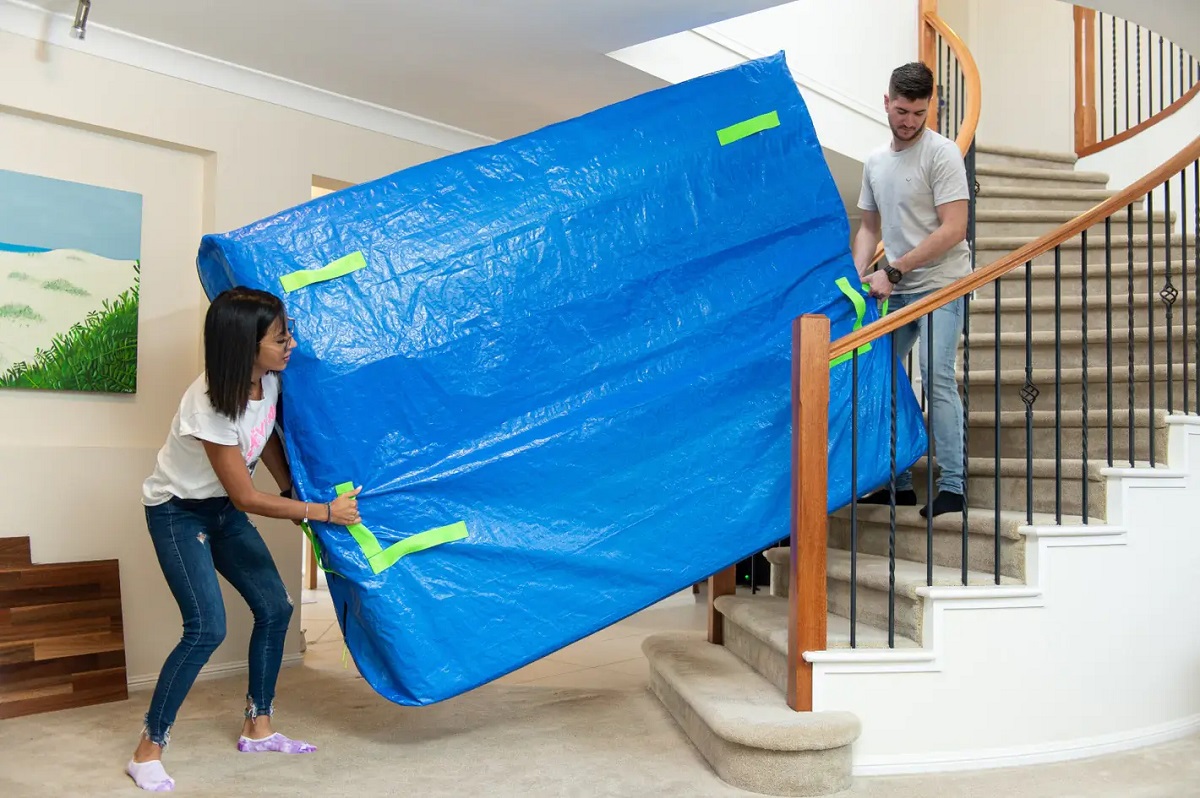
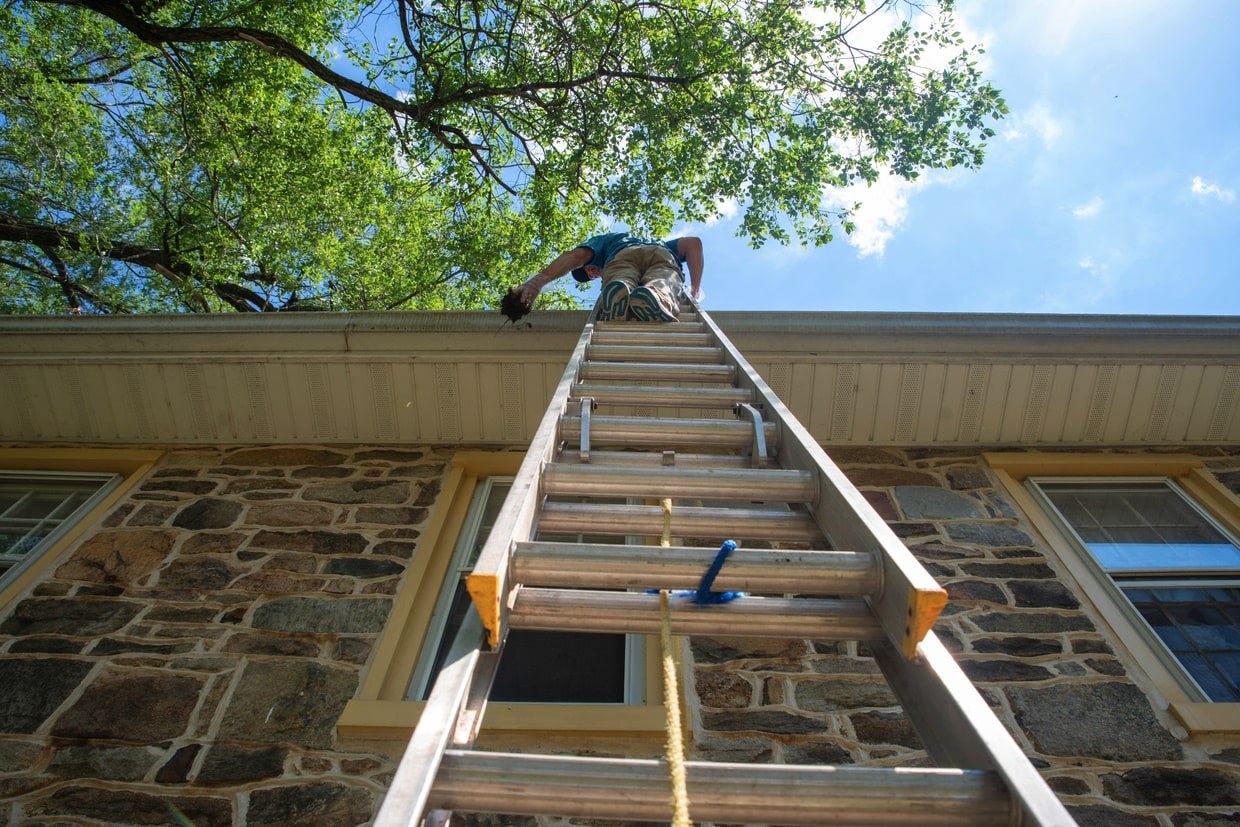

0 thoughts on “Which Ladder Is Carried With The Tip Forward”